Dolby Laboratories is attempting to raise the bar again with Dolby Vision 2, the next evolution in HDR picture quality. Leading the charge, Hisense will be the first TV brand to bring Dolby Vision 2 to its premium RGB-MiniLED TVs, while CANAL+ has confirmed content support for the new format. Building on over a decade of Dolby Vision integration, Dolby Vision 2 has been engineered to deliver sharper, brighter, and more lifelike images, advancing the standard for TV picture quality across all screens—but probably not that $3,500 OLED TV you just purchased.
If you’ve shopped for a TV recently, you’ve probably seen HDR mentioned in almost every review or news article—but what exactly is it? HDR, or High Dynamic Range, is a technology that lends images more contrast, more detail in bright and dark scenes and a wider color palette. The goal of HDR is to bring display devices closer to what your eyes see in real life. Dolby Vision is a version of something called “dynamic HDR,” which adjusts the dynamic range of what you’re watching to precisely match the capabilities of your TV or projector, allowing a display to preserve the details in bright clouds without losing details in shadowy scenes. Dolby Vision aims to set a standard for TV picture quality with frame-by-frame dynamic metadata that optimizes every scene.
Now, Dolby Vision 2 takes that further, promising sharper contrast, more vivid colors, and smarter performance across different TV sizes—meaning what you see on your screen will look “closer to reality” than ever before, This sounds great as marketing copy, but how that actually translates to reality in your living room or dedicated home theater space remains to be seen.

What Is Dolby Vision? Understanding HDR’s Premium Picture Technology
As Chris Boylan covered in “WTF is HDR?” High Dynamic Range is a feature of Ultra HD (4K and 8K) content and TVs that lets displays show a wider range of colors and brightness. That means images can look brighter, more vibrant, and far more lifelike. HDR comes in two flavors: static HDR, which applies one set of brightness and color settings to the whole video, and dynamic HDR, which adjusts those settings scene by scene—or even frame by frame. Dolby Vision falls into the dynamic HDR camp, giving TVs a much smarter, more precise way to render every moment.
HDR (High Dynamic Range) is all about showing a bigger difference between the darkest blacks and the brightest whites—and everything in between. The “capture” happens in cameras and mastering studios when movies and TV shows are made. The “reproduce” happens on your display—TV, monitor, or projector. HDR only works if it’s in both the content and the screen—it’s a partnership.
Dolby Vision also handles WCG (Wide Color Gamut), going all the way up to the REC.2020 color standard with up to 12-bit precision. If HDR is about brightness, WCG is about color. The more colors and brightness levels your display can reproduce, the more lifelike and dynamic the picture will look—closer to what your eyes actually see in the real world.
You’ll find Dolby Vision in premium movie theaters, usually paired with Dolby Atmos in Dolby Cinema, and it’s also made its way home via high-end TVs, monitors, projectors, streaming services, and Ultra HD Blu-rays. HDR content is everywhere now—from Netflix to Disney+—and nearly all 4K or Ultra HD TVs support some form of it. But not all HDR is created equal, and many “HDR TVs” still fall short of delivering a truly dynamic, lifelike picture.
Why Dolby Vision 2 Matters: The Next Step in HDR Evolution
Dolby Vision 2 enables more controls for creators to more accurately display movie and TV content based on both the varying capabilities of a TV and your room’s lighting condition. It’s a dynamic system that automatically works in the background so consumers can have the confidence they’re getting the best image from their TV without having to fiddle with picture settings.
As John Couling, SVP of Entertainment at Dolby Laboratories, puts it:
“We’ve reached an inflection point where TV technology has dramatically changed while artists continue to demand even more innovative tools. Dolby Vision 2 redefines how we think of Dolby Vision to unleash the full capabilities of modern TVs while giving artists unprecedented opportunities to push their creative boundaries further than ever before.”
New Dolby Vision 2 Features
Precision Black leverages new metadata captured in the filmmaker’s grading suite. When combined with new metadata representing TV characteristics, Precision Black uses Content Intelligence to give viewers grading-suite accurate contrast for even the dark scenes.
Authentic Motion solves the challenges of unwanted judder that can occur on certain shots of 24 frame content, such as pans with bright backgrounds, especially as TVs are increasingly bigger and brighter. It’s an innovative new approach – but controlled through new Dolby Vision 2 metadata by the artist. This new feature leverages Content Intelligence to help the creator identify potential trouble areas in a scene and then allow them to adjust a specific amount of de-judder for those shots or scenes only that they feel best matches the look of what they are trying to convey. It is driven by artist intent and is only used on the shots they feel would significantly benefit from it and only at the amount they believe is needed to strike the perfect balance for the creatives and the viewers.
Think of it as Dolby Vision for motion. Instead of relying on the TV’s motion-smoothing settings—which often ruin films by turning 24fps movies into that dreaded “soap opera effect”—Authentic Motion lets filmmakers tweak motion shot by shot at the mastering stage. Those adjustments are then passed to the TV via Dolby Vision 2, so the picture moves naturally only when it needs to, without TVs overstepping and messing with artistic intent.
In case you’re wondering how Dolby Vision 2 does this without creating new frames, is because it’s dependent on the TV’s processing. New Dolby Vision 2 metadata essentially tells the TV to go into the picture settings menu and adjust “motion” and “judder” on a scale of 0 to 10 respectively, but do it dynamically on a scene-by-scene basis as needed. This could be quite an improvement over having fixed settings, but seems reliant on a TV’s computing power to actually do this well. So we expect some TVs to handle this better than others.
Dolby calls it “the world’s first creative-driven motion control tool,” promising scenes that feel cinematic without the unwanted judder—or the overcooked artificial smoothness that makes you question your life choices when watching a classic movie. If it works as advertised, it could finally fix the one place where Filmmaker Mode has always struggled: keeping motion authentic without forcing TVs to do the heavy lifting—and screwing it up—but only expect to see that feature on TVs utilizing the premium variant of Dolby Vision 2 called Dolby Vision 2 Max.
According to Dolby, “Even a minimum setting of 3 or 4 makes just enough difference to solve the judder and avoid the dreaded ‘soap opera video’ effect. The result is that the creative can dynamically control and reduce or eliminate unwanted judder without ruining the cinematic cadence or feel.”
Light Sense has been improved (over Dolby Vision IQ) to capture viewing environment conditions and reference capabilities of the TV model to deliver authentic contrast, day or night, preserving bright and dark details in any room and lighting conditions. Upgrades include higher precision mapping of environmental light and more precise control throughout the tone map.
Content Intelligence is the bridge that connects the creative suite to the viewer’s living room through a set of new tools and features (Precision Black, Light Sense, Authentic Motion, etc.) that allows Dolby Vision 2 to authentically and automatically unlock the most out of your TV while not compromising artistic intent.
Dolby Image Engine is the “engine” powering it all. It unleashes the full capabilities of your TV while being guided by Dolby Vision metadata, which adapts the picture to the TV’s capabilities and environment, building on top of the creative-driven tone mapping that is foundational to Dolby Vision.
Bi-directional Tonemapping improves upon Dolby Vision’s tonemapping capabilities which closely matches content to a TV’s capabilities. The process of measuring maximum and minimum luminance levels and color capabilities of each TV and then mapping signals to each TV model’s capabilities continues with Dolby Vision 2. What’s new is that Content Intelligence unlocks the full capabilities of modern displays while still ensuring an even more authentic translation of the content through new information (i.e. metadata) creatives can now add to the Dolby Vision signal combined with reimagined and new technology on the hardware side.
Traditionally that meant taking an image from a brighter reference display and rendering it to a display with lower luminance and color volume. That’s tone mapping. For the first time, Dolby Vision 2 will allow content creators to define how content is tone mapped to displays with capabilities that are either below or above the capabilities of the reference monitor. That’s bi-directional tone mapping. Think of this as an improved and more intelligent “Bright Mode” that works in conjunction with all the features of Content Intelligence to deliver the most spellbinding and authentic image experience based on the content and your device.
There are also optimizations for live sports, including white point adjustments and motion control, both aimed squarely at making broadcasts look sharper and more natural in real time.
Who’s Jumping on Dolby Vision 2? (Hint: Not Many Yet)
Hisense is first out of the gate, bringing Dolby Vision 2 to its flagship 116-inch RGB-MiniLED TV, powered by the new MediaTek Pentonic 800 with MiraVision™ Pro PQ Engine—the first silicon chip to integrate Dolby Vision 2.
“Dolby Vision 2 jointly with Hisense RGB-MiniLED Technology, can not only deliver dramatically astonishing picture, but also increase the potential of TVs with ultra-wide color and ultra-high brightness, which haven’t been possible until today,” said Sonny Ming, GM of Hisense TV Product Marketing.
And while Hisense is a solid brand to kick things off—they sell millions of TVs worldwide every year—the real question is how deep this goes. Will Dolby Vision 2 stay locked to their top-tier sets, or eventually trickle down through the rest of the lineup? And what about other manufacturers? Don’t hold your breath for Samsung—they still refuse to play nice with Dolby Vision at all. But maybe this means we’ll see an upgraded version of HDR10+ soon (HDR10+ Pro, anyone?).
Meanwhile, CANAL+ is the first media and entertainment group to jump on board, promising Dolby Vision 2 across movies, shows, and live sports. Great for French subscribers—but let’s be honest, CANAL+ isn’t exactly a household name in North America. Still, the move shows that content adoption is coming, even if the rollout looks more like a cautious trickle than a flood.
“This partnership with Dolby reflects CANAL+’s pioneering spirit of innovation… With the launch of Dolby Vision 2—across movies, series, and live sports—that experience reaches breathtaking new heights,” said Stéphane Baumier, CTO of CANAL+.
What We Still Don’t Know About Dolby Vision 2

Which TVs will support Dolby Vision 2?
The obvious first question: which TVs are actually getting it? So far, the only confirmed launch partner is Hisense, but even there, no specific models outside of the 116UX RGB-MiniLED 4K TV ($24,999 at Amazon) have been named. Until we know whether Dolby Vision 2 is locked to their flagship sets or something broader, it’s a wait-and-see game.
As for the rest of the industry—LG and Sony have long backed Dolby Vision and Panasonic is on-board as well, so they’re all natural candidates, but nothing official yet. TCL could also be in the mix given their history of supporting Dolby Vision, even in their more affordable sets. Samsung, on the other hand, is still digging in with HDR10+ and continues to ignore Dolby Vision altogether, so don’t expect them to change course anytime soon.
Is Dolby Vision 2 backwards compatible?
Yes, which means any Dolby Vision 2 or Dolby Vision 2 Max encoded content will display to highest level of Dolby Vision’s capabilities the TV supports. So older Dolby Vision enabled TVs can still display Dolby Vision 2 content, but they won’t get access to the new Dolby Vision 2 features. Essentially the extra metadata is ignored, while preserving the HDR benefits.
However, the next big question is can today’s TVs be upgraded to Dolby Vision 2, or will it only run on next-gen sets with new chipsets built for Dolby Vision 2? Based on Dolby’s release, it looks like new hardware will be required, which is not great news if you just dropped thousands on a flagship OLED like the Sony Bravia 8 II, LG G5, or Panasonic Z95B—all sets that were part of the Value Electronics TV Shoot-out judged by Chris Boylan and crew. Bottom line: if you own any of those recent five-star TVs, don’t expect Dolby Vision 2 to show up via a firmware update.
Dolby Vision 2 and Dolby Vision Max?
As if HDR standards weren’t already confusing enough, Dolby is now splitting things into two new “tiers”: Dolby Vision 2 and Dolby Vision 2 Max. Of course “Max” is better and is likely only to be offered on the highest performing TVs. The main advantage is unlocking Authentic Motion we explained above.
Translation: if you want the absolute best Dolby has to offer, you’ll need to shell out for the most expensive TVs. Everyone else? You’ll get the “standard” Dolby Vision 2 experience and probably a sense of FOMO.
Dolby Vision Dolby Vision 2 Dolby Vision 2 Max Dynamic HDR Y Y Y Wide Color Gamut BT.2020 BT.2020 BT.2020 12-bit precision Y Y Y Tonemapping Y Y Bi-drectional New Image Engine – Y Y Expanded metadata – Y Y White point adjustments – Y Y Content Intelligence – – Y Light sense – – Y Precision Black – – Y Authentic Motion – – Y Bi-directional Tonemapping – – Y
The Bottom Line
Having no advance briefings on the topic, we were as surprised as everyone else about the Dolby Vision 2 announcement. And with just a single TV maker and a fairly obscure studio on-board at launch, it feels a little premature. It’s almost as if Dolby had to get this news out before some competitor beat them to the punch. Will Dolby Vision 2 be the “next big thing” in consumer display technology and in consumer media? Only time will tell.
A lot of things have to fall in place for Dolby Vision 2 and 2 Max to gain wide adoption. First filmmakers, broadcasters, and creators have to buy-in and learn new tools and frameworks to create Dolby Vision 2 content. TV makers need to build-in the necessary hardware to accurately display and decode Dolby Vision 2 metadata, and streaming services will need to support the new standard. In addition, intermediary hardware components such as blu-ray disc players, set-top box players like Roku or Apple TV, and streaming sticks will likely need to be upgraded, as well as any pass-thru devices such as A/V receivers. The “original” Dolby Vision achieved this trifecta of adoption, but there’s no guarantee the next generation of Dolby Vision 2 will.
Note: This story has been updated since it was originally posted with statements and clarifications from Dolby.
Related Reading

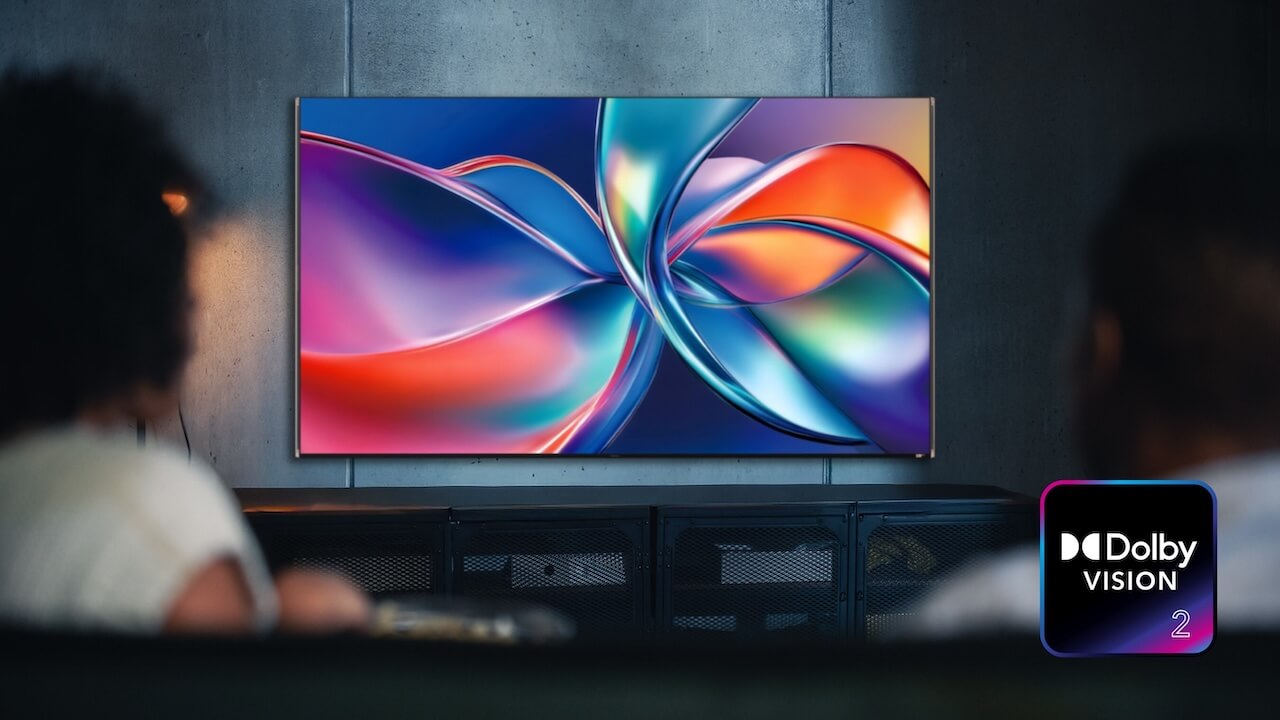

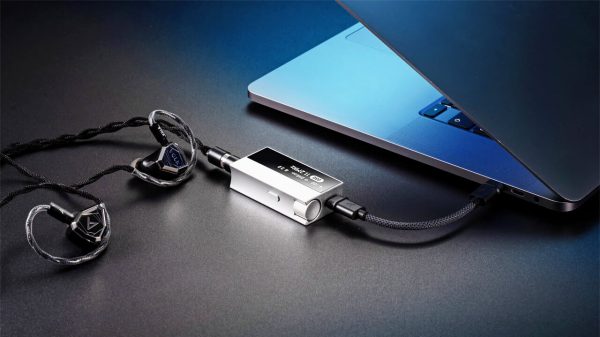





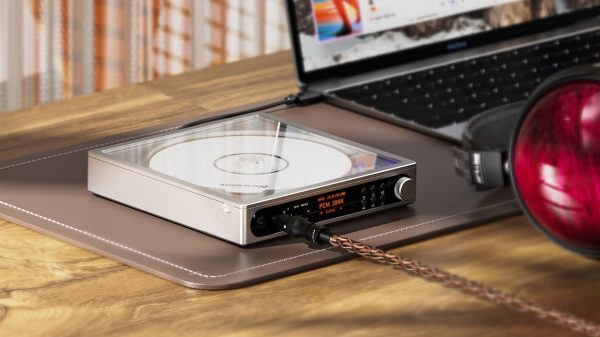

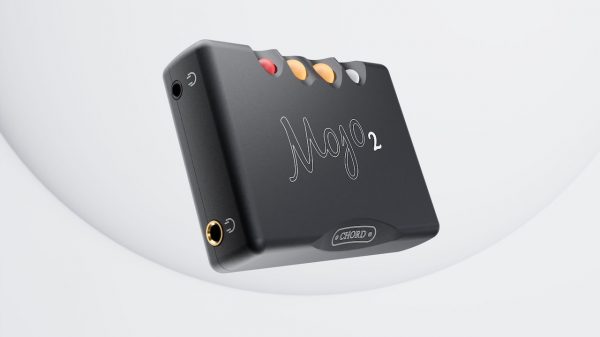



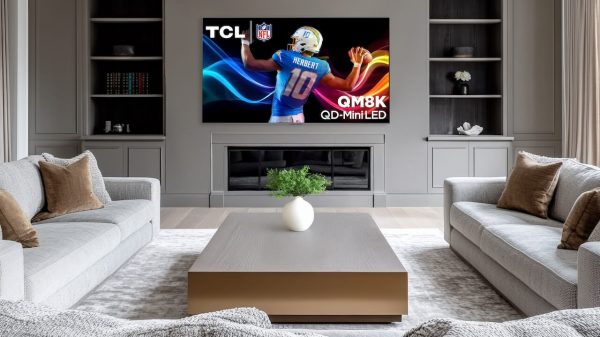
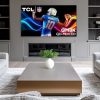
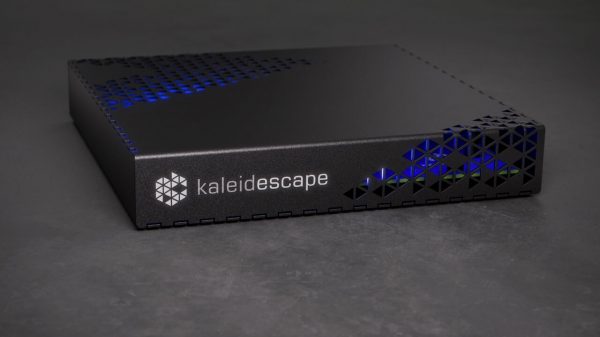

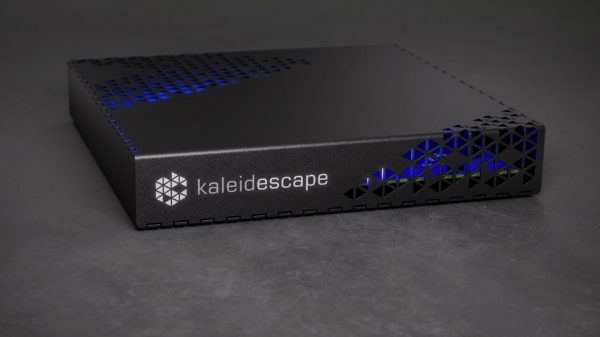

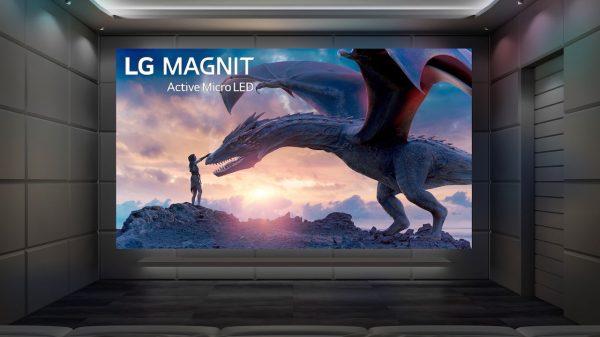

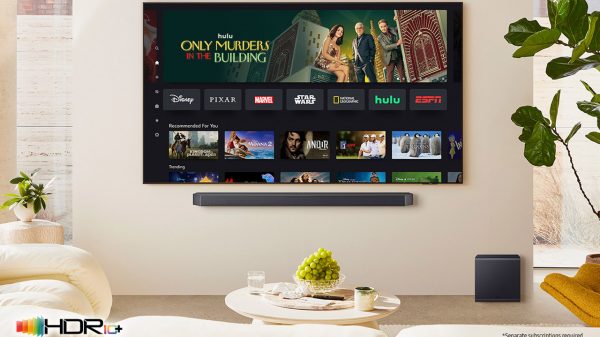
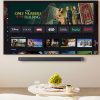












Anton
September 3, 2025 at 4:22 pm
Feels like a neat feature but not something that would make me hold off on buying a new TV for.
How many people are buying one of those massive Hisense models?
Do people spending $3,500 on one of the OLED models you mentioned really care that DV 2.0 isn’t included?